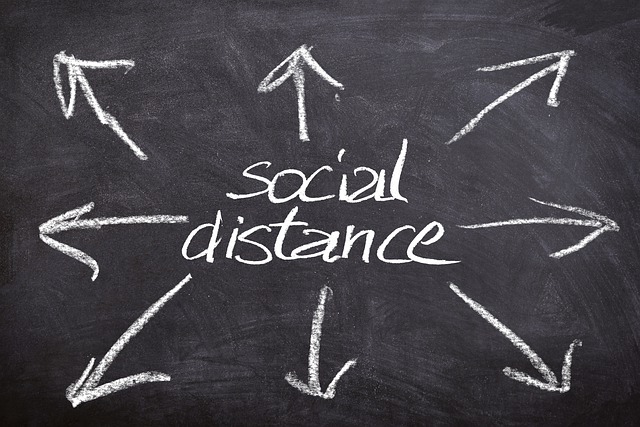The World Health Organization handbook, “Managing Epidemics: Key Facts about Major Deadly Diseases,” identifies four different stages:
1) Emergence: the introduction of the disease into a community;
2) Localized transmission: where cases of infection sporadically appear in a community;
3) Amplification: where the germ is able to transmit from person to person and causes a sustained outbreak in the community, threatening to spread beyond it; and
4) Reduction: decrease of human-to-human transmission of the germ because people develop immunity and/or effective interventions to control the disease.
We are already into the third stage: the Coronavirus disease, COVID-19, is alive and well in Hawaii. If this were a hurricane situation, we’d be in our homes, hunkered down, and prepared to ride it out. However, in the case of an epidemic, the “storm” is largely invisible, simply because we cannot see the virus. We can only suffer the results. We hear of its strength and devastation from media. Because of its insidiousness, this virus is like a “perfect storm:” quiet but deadly.
We have been told repeatedly by authorities how to prepare for the “eye,” – by limiting our social interactions so that we can isolate the virus and thereby, kill it. To continue wielding its power in our communities, it needs to move from one person to another. That is why we are told to stay home and if outside, keep a distance of at least 6 feet from the next human whom we don’t live with. Also, we are also told to disinfect our surroundings. If the virus is left alone on a surface treated to a chemical (for example: sanitizers, ethyl alcohol) or extreme temperatures (for example, extreme cold or cooking), it dies.
Our state health care resources are scrambling right now to identify those infected, isolate them, and treat them away from those who are not. Health authorities are also identifying those with whom the sick person has had recent contact to warn them that they might also get ill and keep them from moving about. While doing all these, our leaders are trying to protect the health of those who are in the frontlines providing for our basic needs while we are hunkered down.
I left Manila before the Philippines imposed “enhanced” community lockdown and just ended my self-imposed 14-day quarantine. I joined my household of 8 people – my daughter and son-in-law’s family (5), a roommate, and my niece – at withdrawing from social contact. If the past few days are any indication, boredom can easily set in. To offset the yawns and blank stares, we watch movies on TV, play games, read books/ebooks, use YouTube workouts, try out recipes, and play/take a walk with our fur baby. We have also started early on our spring cleaning.
To occupy myself, I read, play crossword puzzles, FaceTime/Messenger with relatives remotely, catch up on tasks/hobbies I have been postponing/had no time for. I am grateful for the time to rest and recover from extensive travel in the past 8 months. I keep updated with local and national news but don’t obsess with it. It has been also a time to reflect on personal, advocacy, and community issues.
How about YOUR household: are you following the guidelines recommended by the authorities? How are you socially distancing?
We don’t know how long this epidemic is going to last in our community. But judging from the experiences of many other cities, we are in this for a while. Until then, let’s do our part.
Let’s take care of ourselves and our communities, for this is truly a situation when the ALOHA spirit – when we believe in and practice responsibility for each other – will work its magic. I have a lot of hope that we will see each other again at the other side of the “curve,” unscathed and healthy but a bit wiser from the lessons of this latest crisis.

